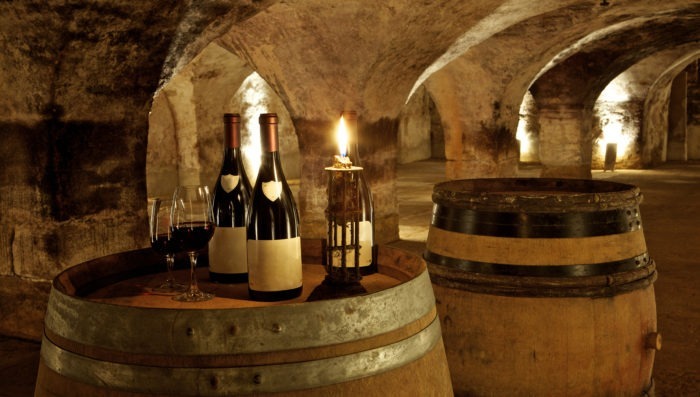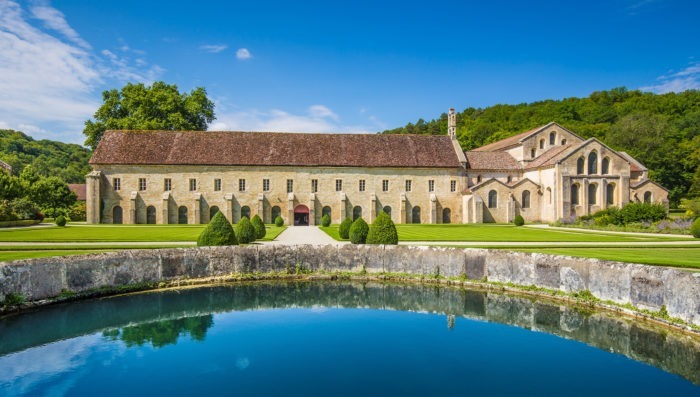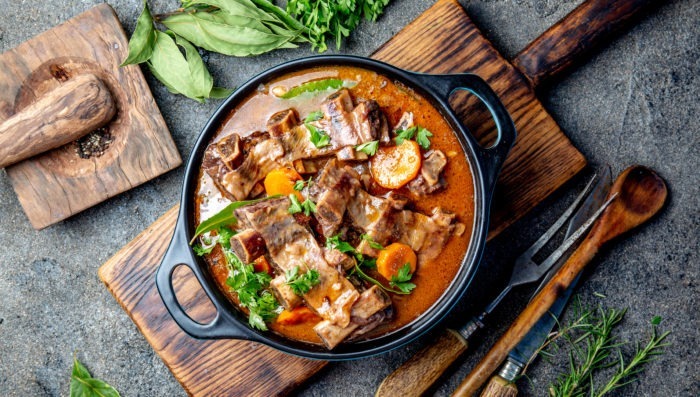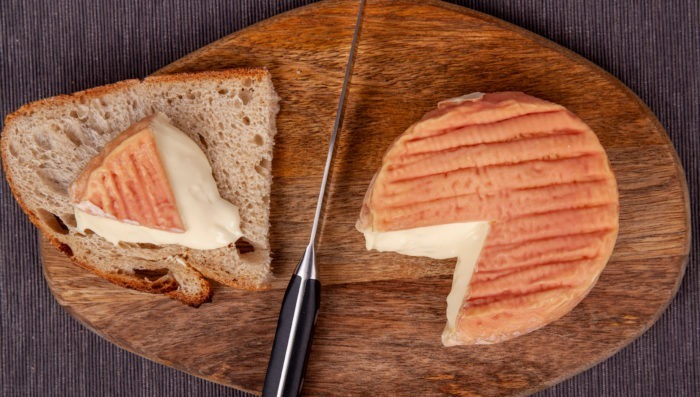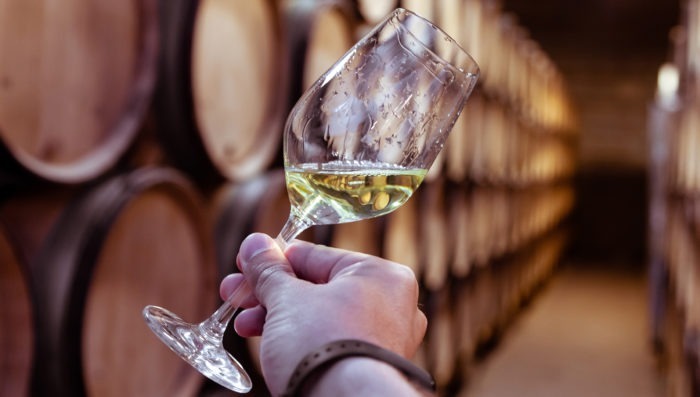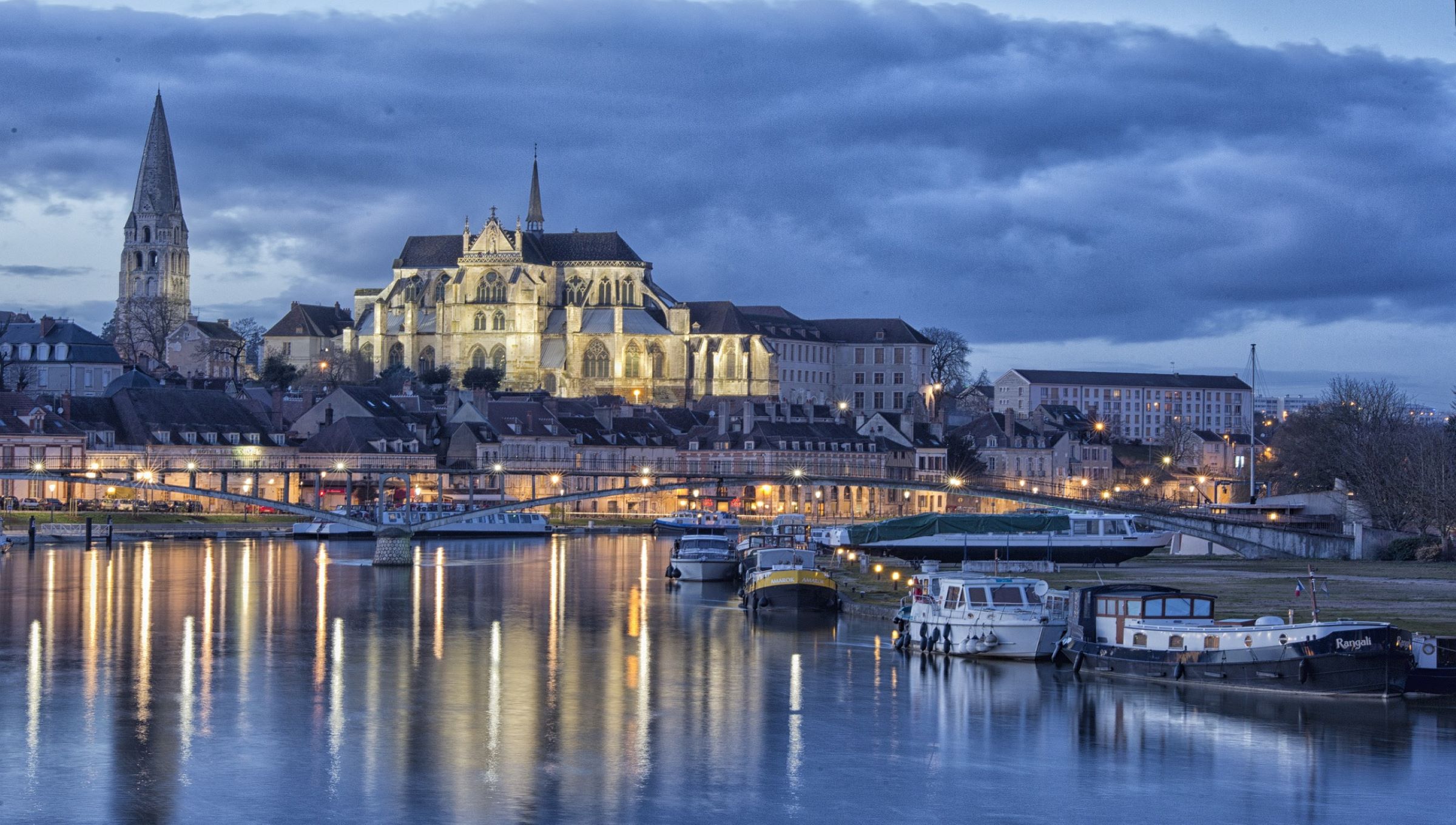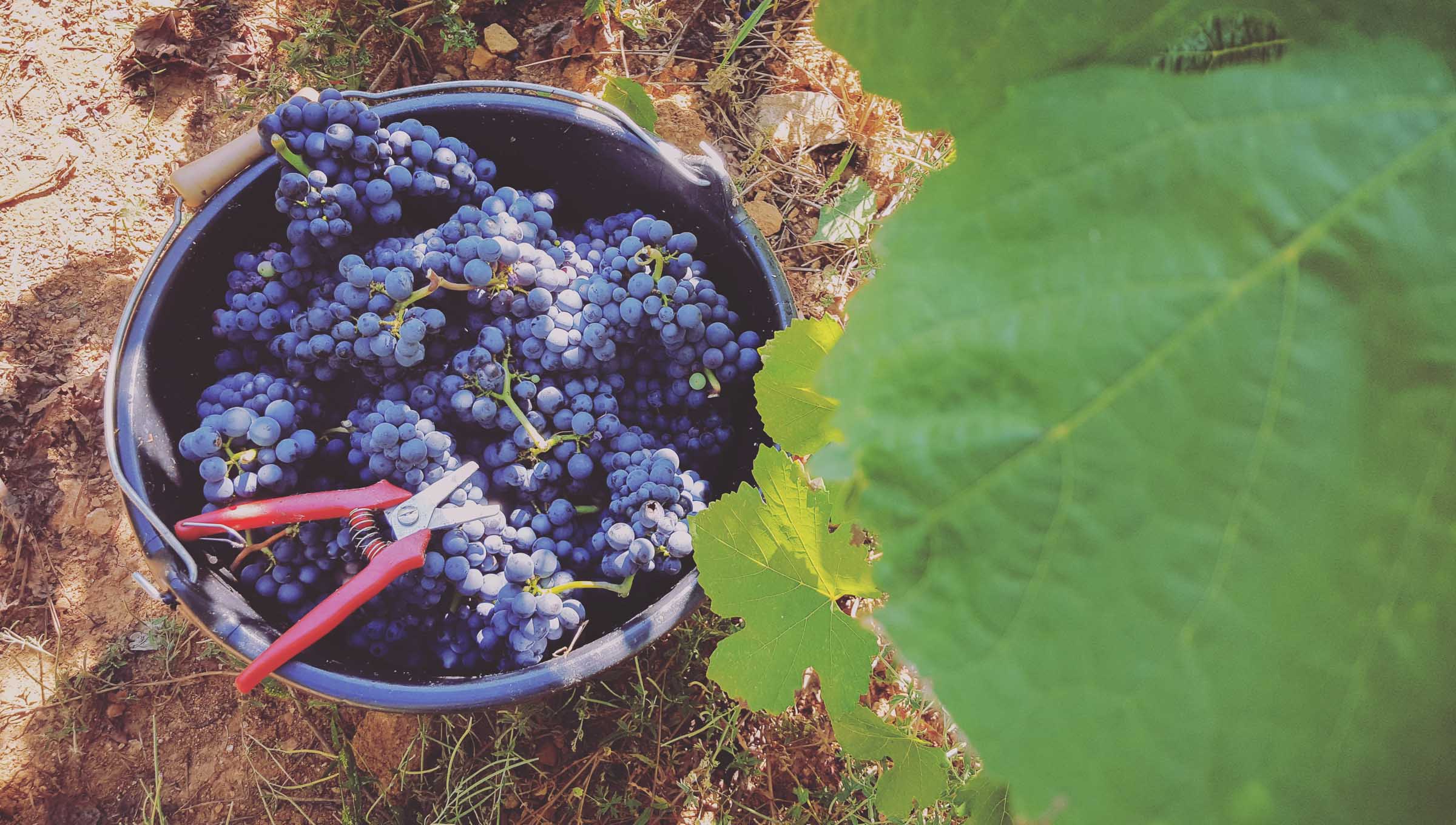Our Favorite Burgundy Tours

Discover the Best of Beautiful Dijon

A Luxury Escape to Burgundy's Vineyards
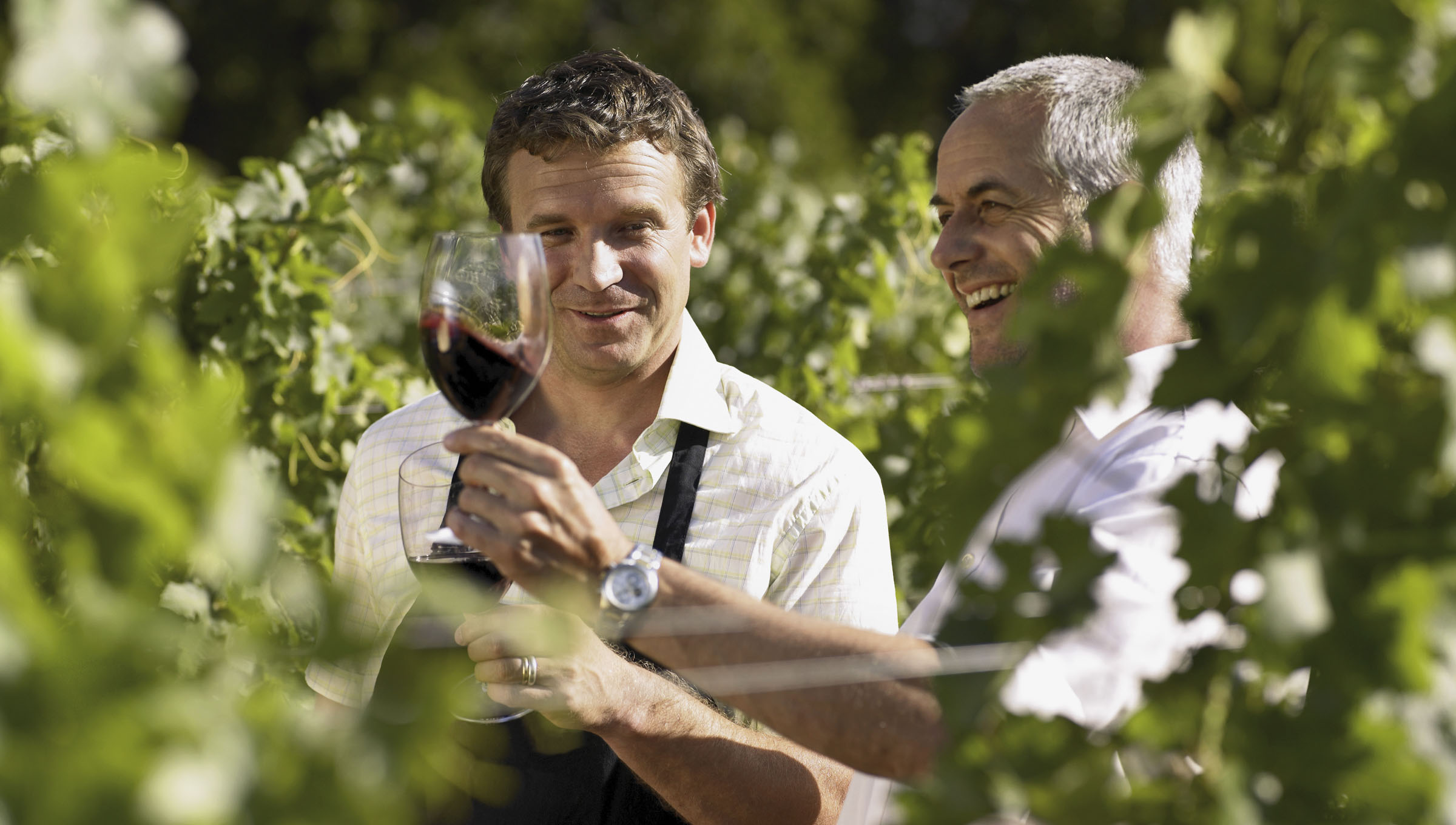
An Exclusive Escape to the Vineyards of Burgundy
Burgundy in Depth
Get to know Burgundy
Eastern France’s Burgundy is a prime winegrowing country. This area was once covered by a large sea, leaving today’s vineyards with unusual mineral-rich limestone and unique terroir. Combined with the vineyards’ privileged location and a favorable climate, the area produces some of the world’s great wines. Wine aficionados will know the names Chablis, Côte de Nuits, Beaune, Mâcon, and Nuits-Saint-Georges AOCs. Walking through the vines with a winemaker is an unforgettable experience that gives insight into the fascinating play between grape varieties, terroir, and cultivation and production techniques that influence the final product. Many of the winegrowing techniques were developed and the plots divided by monks a millennium ago.
Beyond its wine, Burgundy boasts a rich history. Grandiose architect, charming villages, and an impressive concentration of medieval castles and churches are evidence of that history. The Palace of the Dukes of Burgundy, the Hospice de Beaune, and the Fontenay Abbey are but a few of the region’s great monuments. The Benedictine Cluny and Cistercian Citeaux monasteries were two of Europe’s great medieval monasteries, growing to wield tremendous religious and intellectual influence throughout the continent.
Among the French, Borgogne is loved for its nature. It boasts rolling hills, navigable canals, pristine lakes, and extensive cycling trails. Sports and nature enthusiasts can go walking, biking, rafting, canoeing, and sailing. The Morvan National Park is full of dense woodland and majestic flora and fauna.
History
From the 10th through the 15th centuries, the Duchy of Burgundy and the Free Country of Burgundy were separated from France. The large and powerful kingdoms flourished. Their territories grew to include parts of modern-day Alsace and Lorraine, Luxembourg, Belgium, and the Netherlands. They were a fearsome enemy of France and an ally of the English during the Hundred Years’ War. When the last Duke Charles the Bold was killed in 1477 the kingdom was annexed into France. The wealthy Burgundians left behind stunning castles, churches, and half-timbered houses.
Cuisine
As a world-famous wine region, it comes as no surprise that Burgundian cuisine incorporates lots of wine. Be sure to try to stick to your-ribs boeuf bourguignon (a stew of beef, mushrooms, onions, and carrots in wine). Coq au vin is a similar dish made with chicken. You can also find wine poached eggs in the surprising oeufs en meurette.
Logistics
When to go: Despite the region’s beauty, Burgundy remains off-the-beaten-path for many tourists, even during summer months. The long sunny days make this a beautiful time to tour the area. Harvest season, from August to October, is a wonderful time to come with beautiful fall colors.
By train: Dijon is a 1 1/2-hour ride from Paris by high-speed TGV train.
By car: The region is about a 2-hour drive from Lyon and 3 1/2 hours from Paris.
What to Eat and Drink:
Cheese: Local epoisses has a reputation as one of the world’s stinkiest cheese. Try it if you dare!
The region also boasts Brillat-Savarin, Trou du Cru, and Mâconnais giving Burgundy 4 AOC appellation cheeses.
Wine: Splurge on any of the wines from the Côtes d’Or, Côtes de Nuits, or Côtes de Beaune for the very best that Burgundy has to offer. Burgundy wines exclusively use Chardonnay and Pinot Noir grape varieties.
On a tighter budget Beaujolais from further south are worth trying. They’re famous for being the first wines harvested each year. Their release in November is an excuse to party. Drink them young.
Experience Burgundy
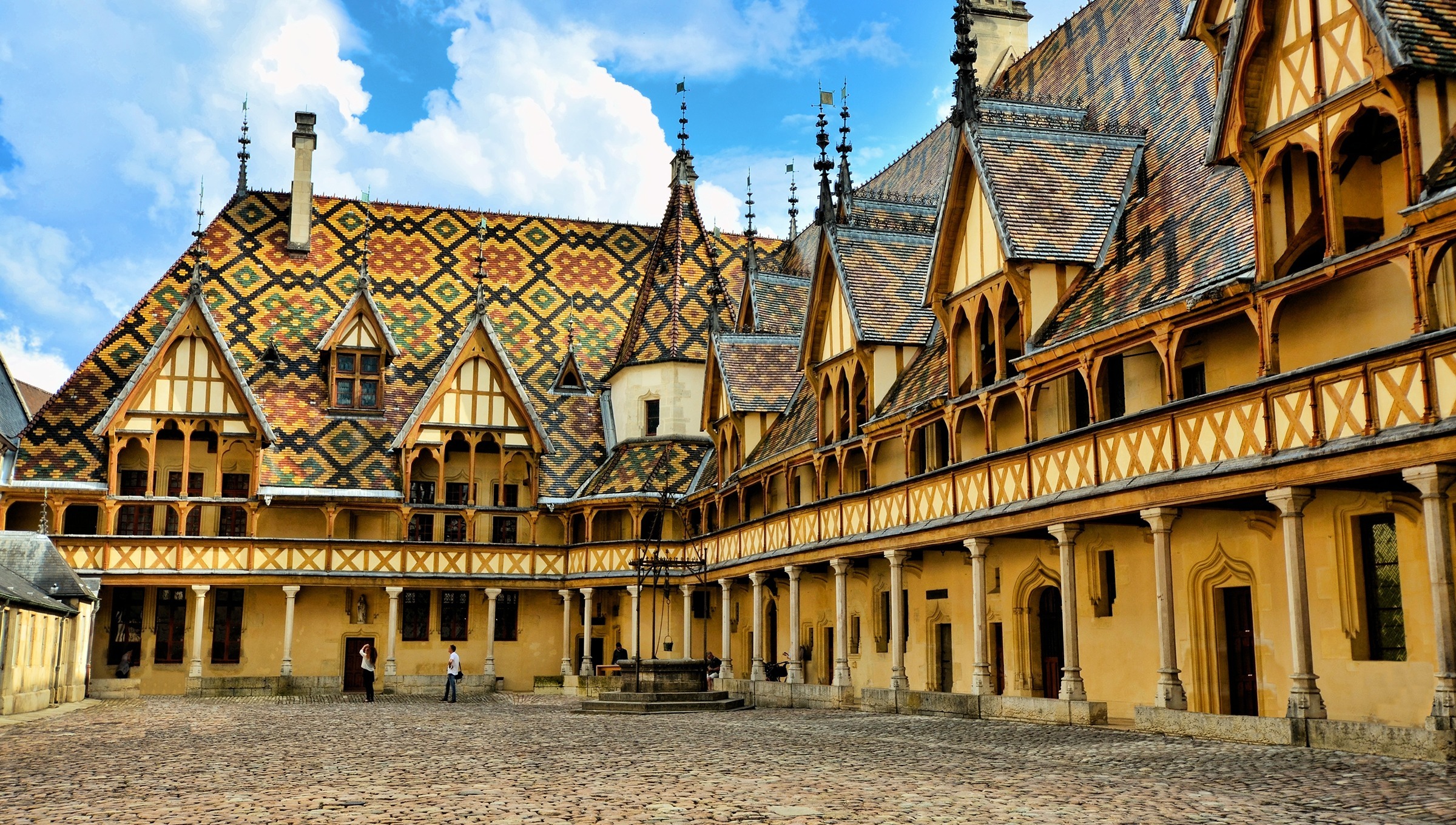
Winetasting in Beaune
Beaune is the wine capital of Burgundy. Surrounded by prized vineyards, Beaune has wonderful wine bars and cellars to explore. Its 15th-century Hospices de Beaune is one of France’s great buildings, with beautiful half-timbered galleries and an ornate, polychrome glazed-tile roof. The hospice itself owns a prestigious wine estate whose wines are auctioned off during the Les Trois Glorieuses festival every November. During the summer the most important monuments in the city are illuminated by colorful projections that recount Beaune’s history.
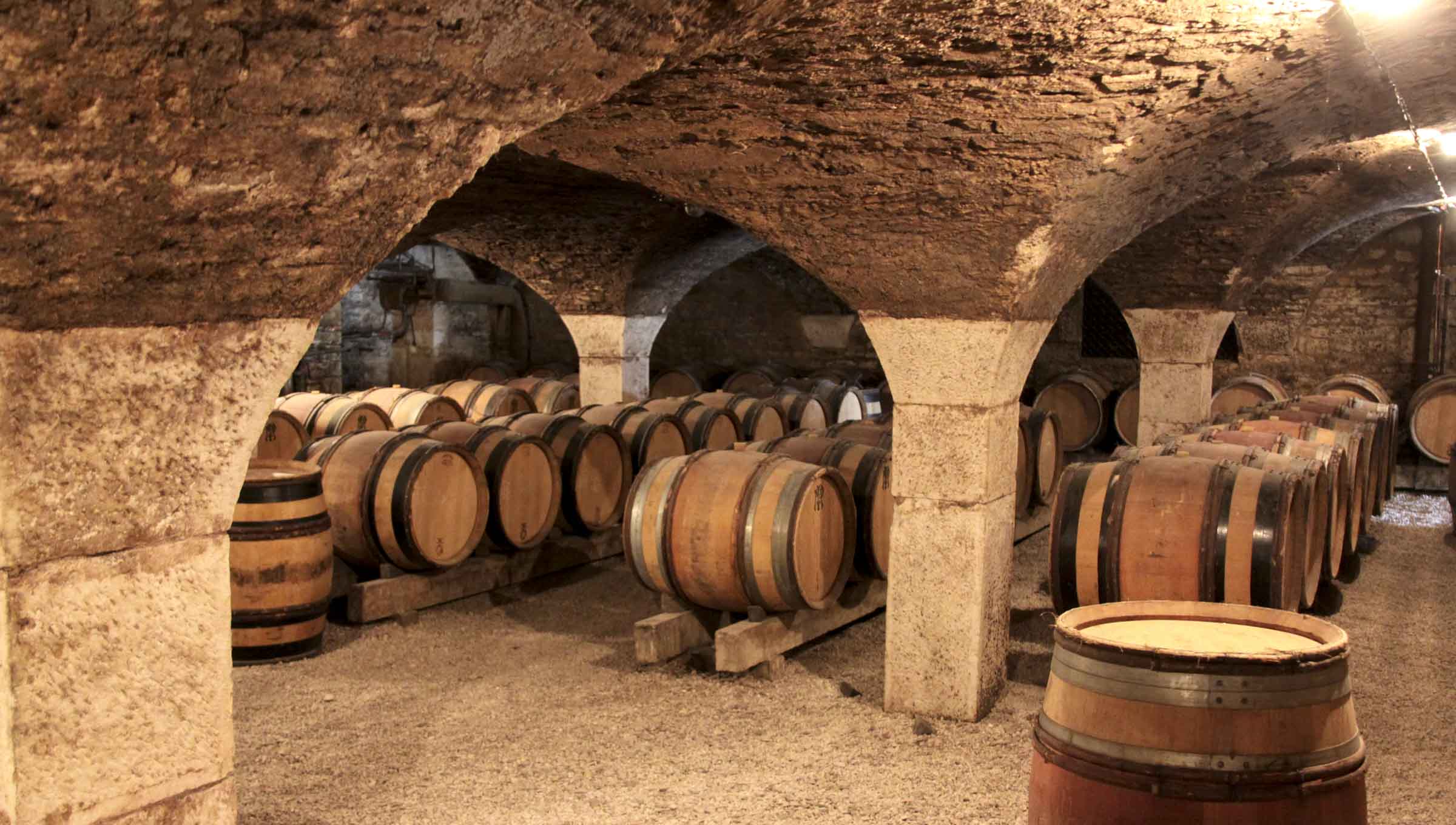
Route des Grands Crus de Bourgogne
Dating to 1937, the Grands Crus’s tour was France’s first official wine route. It is still one of its most remarkable, stretching through 37 postcard-perfect villages and 40 miles of lush Côte d’Or vineyards. Hundreds of vineyards are accessible from small family-owned producers or famous estates. The price and quality of the wine, in Burgundy, is determined by the excellence of the soil and fields on which the grapes were grown. The route’s most famous stops are Gevrey-Chambertin, Nuits-Saint-Georges, and Pommard. Only the most venerated labels receive the distinction “Grand-Cru.” This rare title confirms the astonishing vinicole quality of the best French wines.
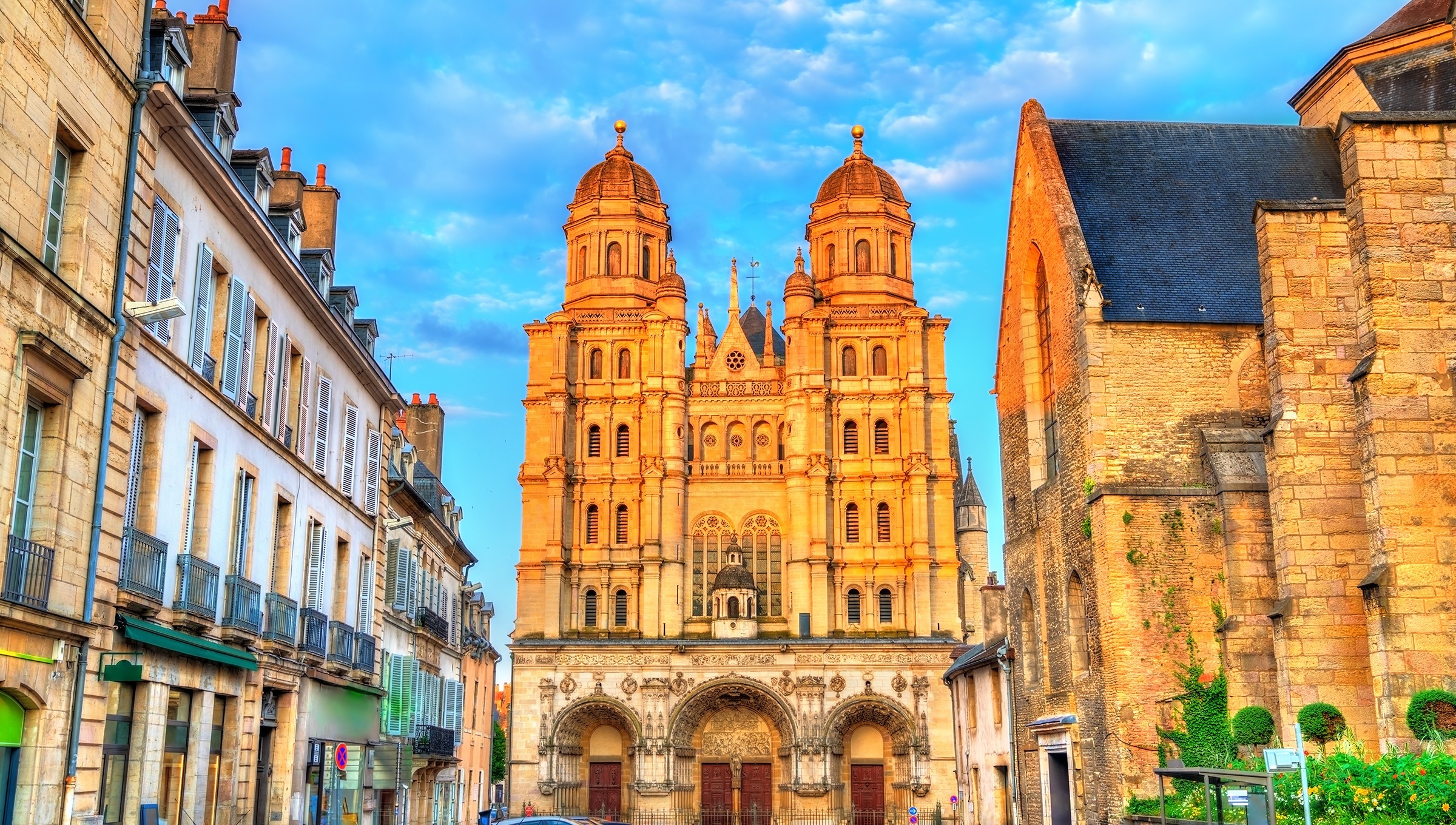
Dijon
Dijon was the capital of the Duchy of Burgundy and one of medieval Europe’s great cities. It is still a beautiful place to visit with the stately Ducal Palace, soaring Philippe le Bon Tower, and the medieval half-timbered houses in the city center. Perhaps the city is best known today for being a gastronomic destination. Bœuf bourguignon and coq au vin are two of its most famous dishes that use the local wines. It is also famous for its mustard, gingerbread, and ham. Explore its food yourself in the covered Les Halles food market or Michelin-star restaurants. The city makes for a great gateway to the Côte de Nuits vineyards.
Hotels & Villas

Hotel Abbaye de Maizières

Oceania Jura Dijon
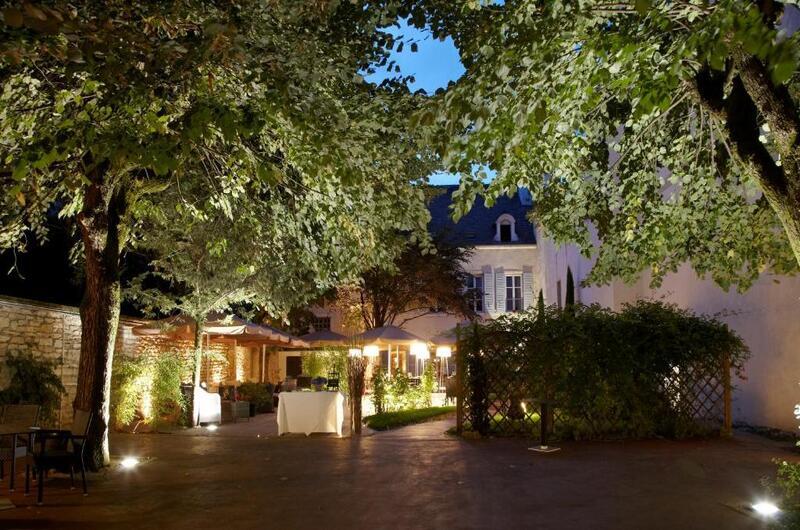
Maison Philippe Le Bon

Hostellerie de Levernois

Hostellerie Cèdre & Spa

Hotel Como Le Montrachet
What Our Clients Are Saying
Why French Side Travel?
Award-Winning Expertise
Local Knowledge, Tailored to You
Authentic French Immersion
Round-the-Clock Support
Worry-Free, Tailor-Made Travel
Our Partners and Awards


